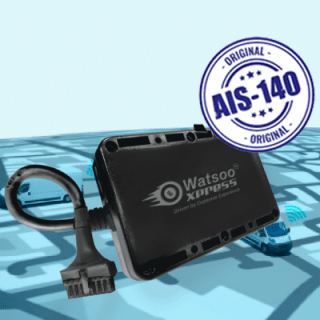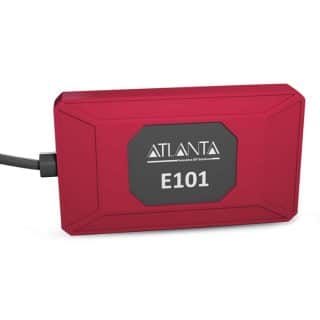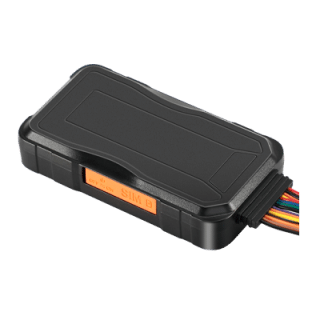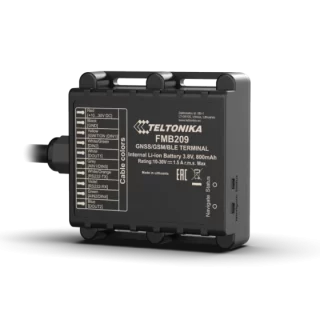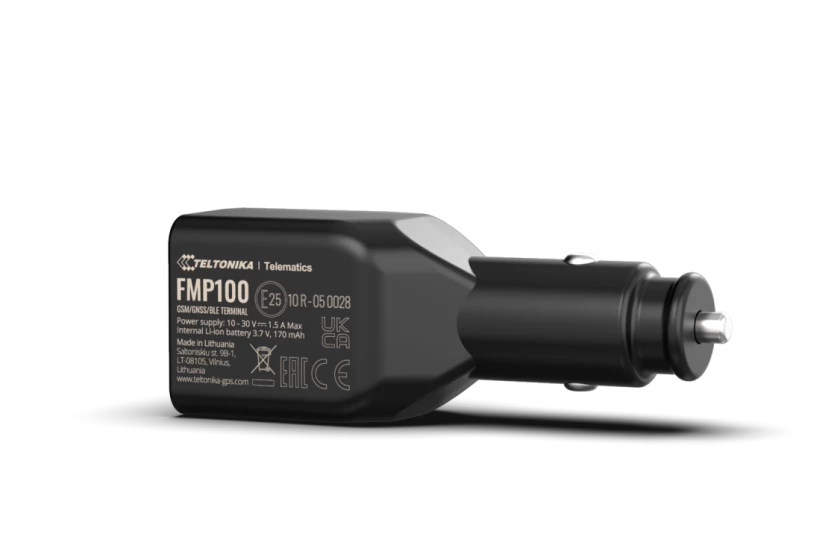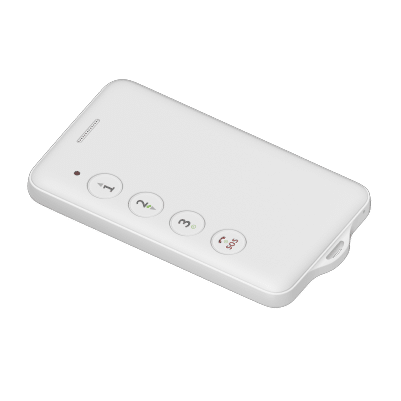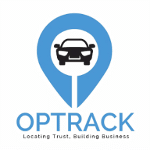Category
Popular
-
FMB 910
₹5,000.00₹4,000.00 -
Prithvi AIS 140
₹8,800.00₹7,300.00 -
E-101
₹2,500.00₹2,000.00 -
Wetrack 140
₹9,000.00₹7,000.00 -
FMB 209
₹9,000.00₹7,200.00

Insurance Telematics
A GPS tracking system designed for insurance telematics is a technological system that utilises GPS technology to monitor and record the driving behaviours shown by automobiles covered by insurance policies. This data can be utilised by insurance firms to determine insurance premiums according to individual driving risk, as well as to offer drivers guidance on enhancing their driving behaviours.
The operational procedure of the system generally functions in the following manner:
- The insured car is equipped with a GPS tracking gadget.
- The GPS tracking device gathers information regarding the precise geographical coordinates of the vehicle, its velocity, rate of acceleration, deceleration, and the manner in which it negotiates turns.
- The data is transmitted to the server of the insurance company in real-time.
- The insurance business utilises the data in order to compute the premium for the insured individual and furnish them with feedback pertaining to their driving behaviours.
GPS monitoring systems for insurance telematics provide several advantages to both insurance companies and policyholders:
The advantages for insurance firms
- Risk mitigation: Insurance firms have the ability to mitigate risk by adjusting premiums, delivering lower rates to drivers with a proven track record of safe driving and higher rates to those who exhibit hazardous driving behaviours.
- Enhancing profitability: Insurance firms can enhance their profitability by using strategies to mitigate the frequency of claim disbursements.
- Insurance firms have the ability to mitigate fraud by employing strategies that involve the identification and prevention of deceptive insurance claims.
The advantages enjoyed by policyholders
- Reduced insurance premiums: Individuals who demonstrate safe driving habits have the opportunity to achieve financial savings through lower insurance premiums.
- Policyholders have the opportunity to obtain feedback regarding their driving behaviours, so enabling them to enhance their driving skills and mitigate the likelihood of accidents.
- Enhanced safety: The presence of driving behaviour monitoring can potentially incentivize policyholders to adopt safer driving practises.
The subsequent examples illustrate the potential applications of a GPS tracking system within the context of insurance telematics:
- An insurance business has the capability to employ a GPS tracking device in order to provide a usage-based insurance (UBI) programme to its policyholders. Universal Basic Income (UBI) programmes provide policyholders the opportunity to achieve cost savings on their insurance premiums through the demonstration of safe driving practises.
- Insurance companies have the capability to utilise GPS tracking systems for the purpose of identifying drivers who pose a higher risk and subsequently providing them with driving training programmes.
- The implementation of a GPS tracking system by an insurance firm can serve as a means to identify and discourage instances of false insurance claims. As an illustration, an insurance company has the capacity to utilise GPS tracking data in order to authenticate the presence of a car at the site of an accident.
GPS tracking devices utilised in insurance telematics serve as a highly advantageous instrument for both insurance providers and policyholders. Insurance firms have the potential to mitigate risk and enhance profitability by monitoring the driving behaviours of insured vehicles. This practise enables policyholders to avail themselves of reduced insurance premiums and obtain valuable insights on enhancing their driving skills.
Best offers
Join Risk Free
30 days refund
100% Safe
Secure Shopping
24x7 Support
Online 24 hours
Best Offers
Grab Now
Free Shiping
On all order over
Know Us

Optrack GPS is a GPS vehicle tracking solution that provides real-time tracking, reporting, and analysis for fleets of all sizes. It can be used to track cars, trucks, vans, buses, and other vehicles. Optrack GPS offers a variety of features
Read More
